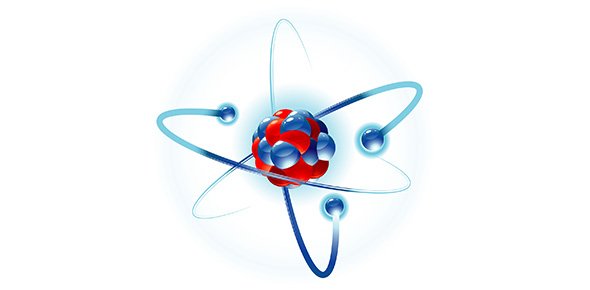Related Flashcards
Cards In This Set
| Front | Back |
|
Molecules have properties that are often divided into:
|
1.) Additive properties 2.) Constitutive properties 3.) Colligative properties
|
|
Depend on the total contribution of the atoms in the molecule: molecular weight.
|
Additive properties
|
|
Depends of the arrangement of atoms in a molecule:
|
Constitutive properties
|
|
Example of constitutive properties (2)
|
1) Refraction of light 2.) Surface and interfacial properties
|
|
Depend on the number of particles in solution
|
Colligative properties
|
|
List 4 factos that increases colligative properties (4)
|
1.) Lowering of vapor pressure of solvent by solute 2.) Lowering of freezing point of solvent by solute 3.) Elevation of boiling point of solvent by solute 4.) Elevation of osmotic pressure of solvent by solute
|
|
The pressure of the vapor resulting from evaporatin of a liquid (or solid) above a sample of the liquid (or solid) in a closed container
|
Vapor pressure
|
|
Vapor pressure of water _____ as concentration increases
|
Decreases
|
|
States that the vapor pressure (p) of a solvent equals the vapor pressure of the pure solvent (p10) times the mole fraction of the solvent in solution (x1)
|
Raoult’s law
|
|
Equation for Raoult's law
|
P = p10x1
|
|
Defined as the temperature at which the vapor pressure of
the liquid becomes equal to the external atmospheric pressure (760 mm Hg or 760 torr) |
Boiling point
|
|
Equation for boiling point elevation
|
ΔTb = Kbm
|
|
What does Kb stand for in equation for boiling point elevation
|
The ebullioscopic constant or the molal boiling point elevation
constant (Kb has a characteristic value for each solvent) |
|
The boiling point of water ______ as the concentration of sucrose increases
|
Increases
|
|
___________ of a compound is defined as the temperature at which the solid and liquid phases coexist under an external pressure of 1 atm (760 mm Hg or 760 torr).
|
The normal freezing point
|





